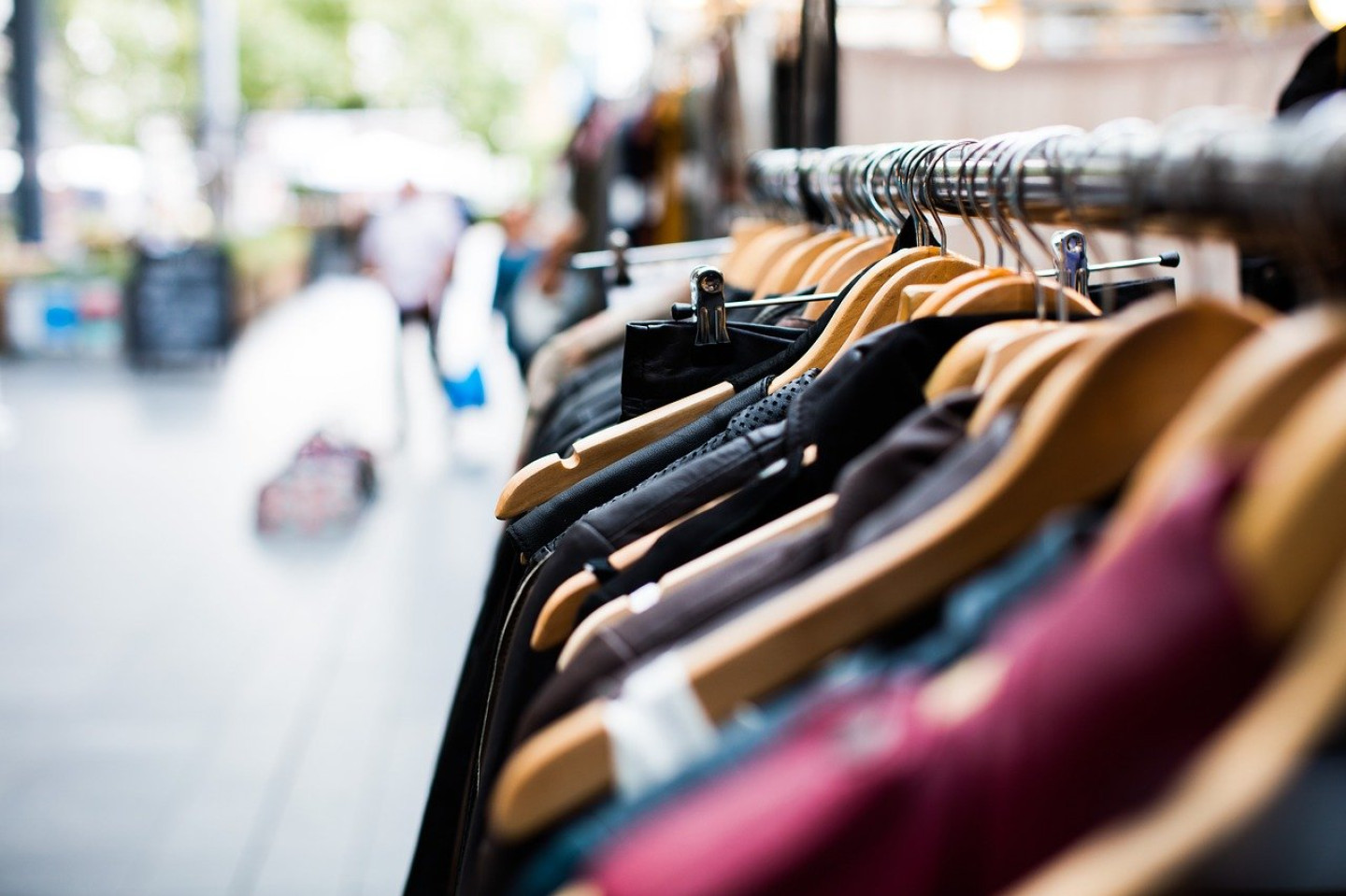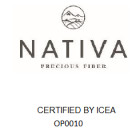The common thread that connects the need to achieve the global goals of reducing human impact to the world of fashion, dotted with numerous brands and related collections, is the use of recycled fibers.
The art of recycling, in a sector that always has a desire for novelty and change, is not only applied by re-proposing the same garment also for different occasions, but above all by using the circular economy, or the regeneration of the raw material (in this case, textile fibers).
The material whose recycling is most desirable is cotton: its production, in fact, costs the environment a lot, in terms of land occupation (otherwise destined for grazing or cultivation of food species), use of water resources, fertilizers and pesticides (with the exception of organic cotton, which is still scarcely cultivated), and, last but not least, the commitment of labor that often, in the poorest areas of the world where the cotton fields are located, is forced to unhealthy working conditions and ethically unsustainable.
Creating a good cotton fabric, be it from regenerated or virgin fiber, allows not only the durability of the garment, but also the possibility of re-entering the virtuous circle of recycling, as a raw material: in fact, recycled cotton can also be used for padding . However, this method of recycling, now known as down-cycling, does not do justice to the quality of the original fiber.
The recycling that allows re-ennobling the textile fibers is called upcycling, and is a process that guarantees the recycled material to maintain the same characteristics as the original. This transformation method is now an imperative for the textile industry, since European directives require the management, by 2022, of the textile fraction of urban waste. Carrying out upcycling, in the fashion sector, involves, for example, selecting fabrics by composition and subsequently by color, in order to minimize the use of chemical dyes for the subsequent dyeing phase (which also uses considerable quantities of water): if we think, for example, of how many clothes "inhabit" our wardrobe, we realize that about 80% of them have not been used more than once, or that the right occasion to show off has never occurred that garment that we liked so much.
Post-consumer upcycling aims precisely at recovering fabrics from already used clothes, in more or less good conditions, to give life to new yarns and trendy garments; but there is also pre-consumer upcycling, or the use of fabric scraps (be it a leftover in the packaging of a garment or weaving) to be frayed to create new yarn, having the same qualities as the original one.
In Japanese culture, there is a term, mottainai, which means "regret for a waste": upcycling allows you to recover clothes (and objects) that would otherwise have been thrown away and revive them in a different way to make them last longer. In this way, fabrics once again become a lasting asset, which accompanies us for years, to be passed on to future generations, together with its history.

















